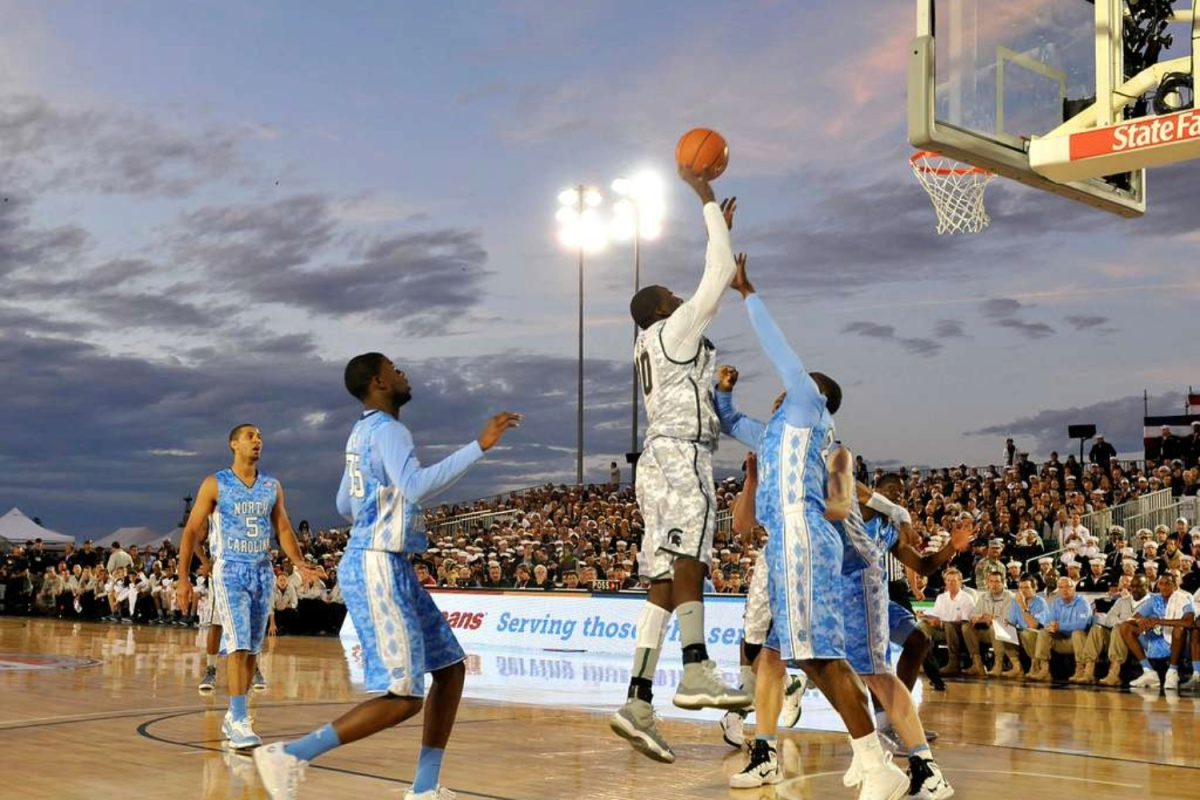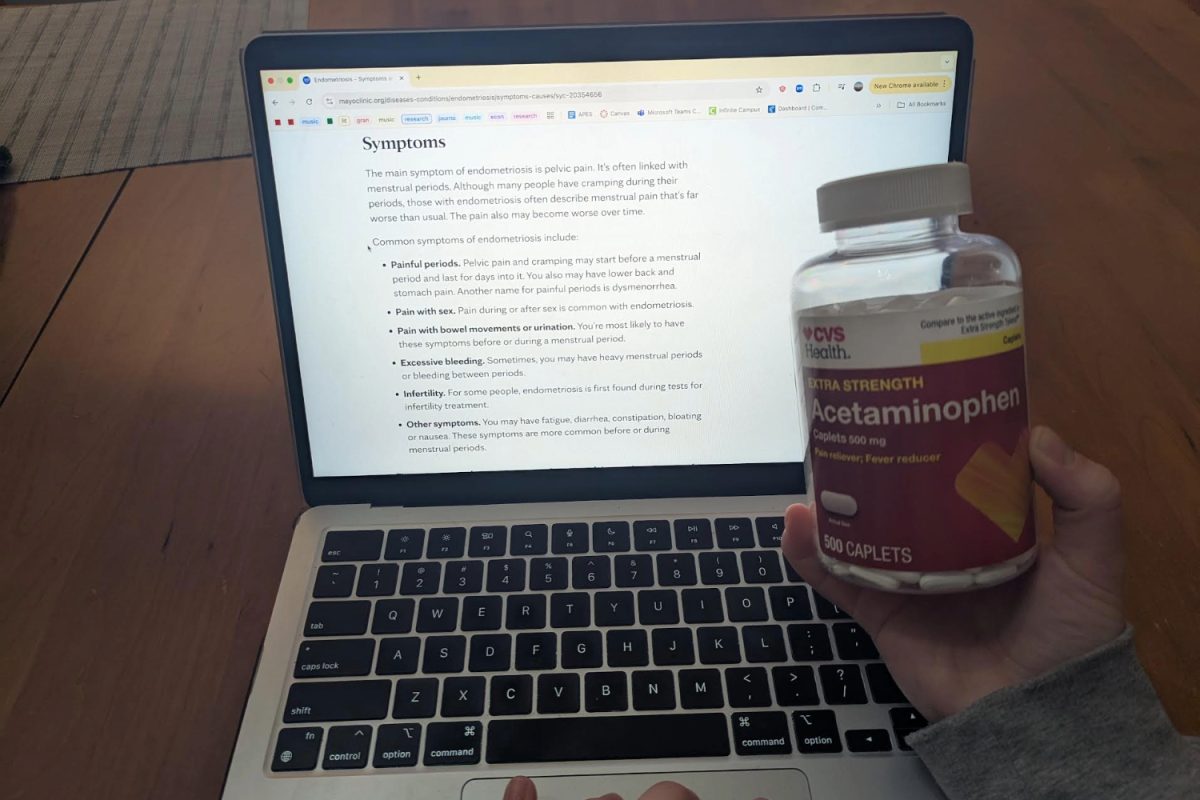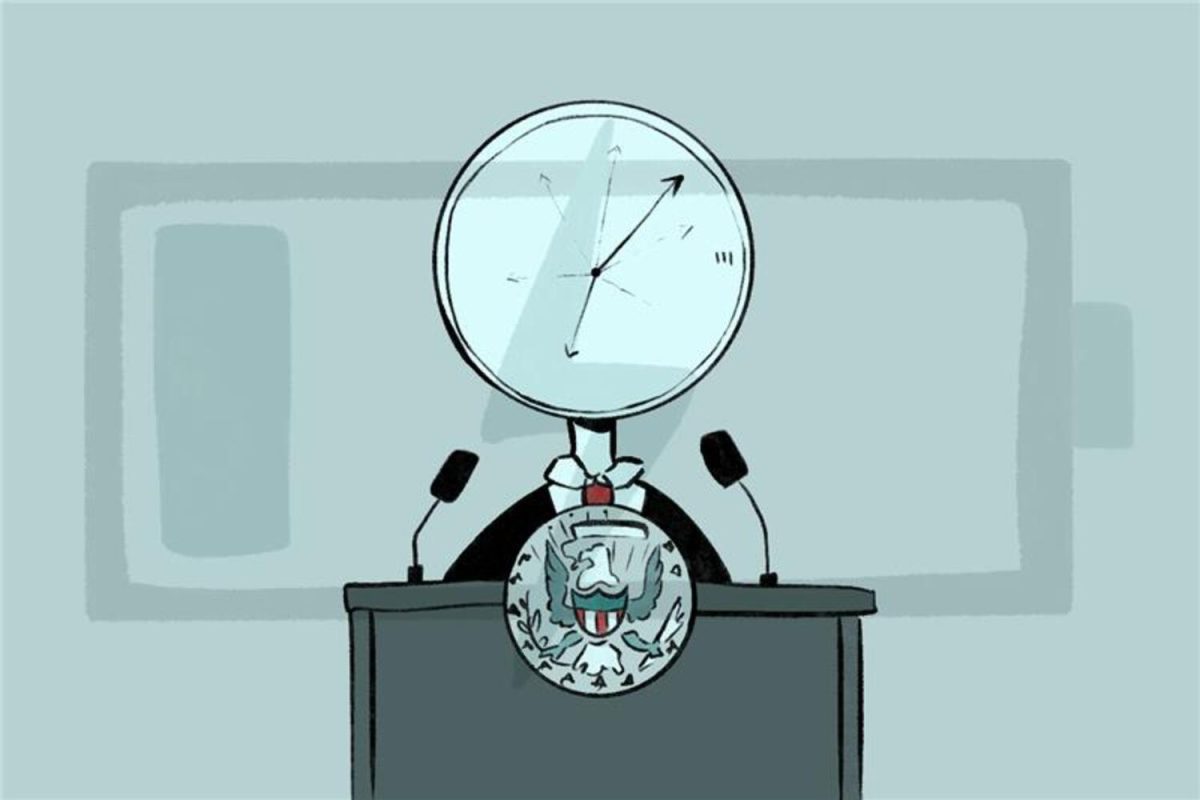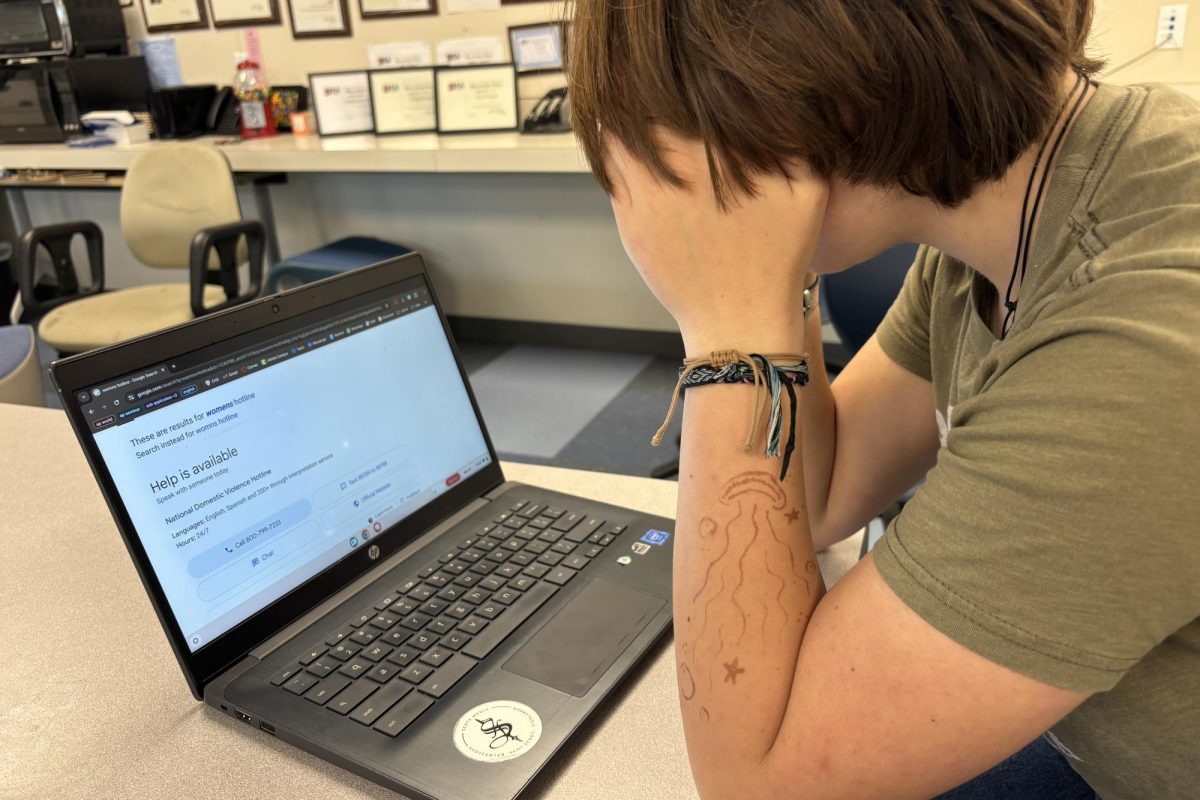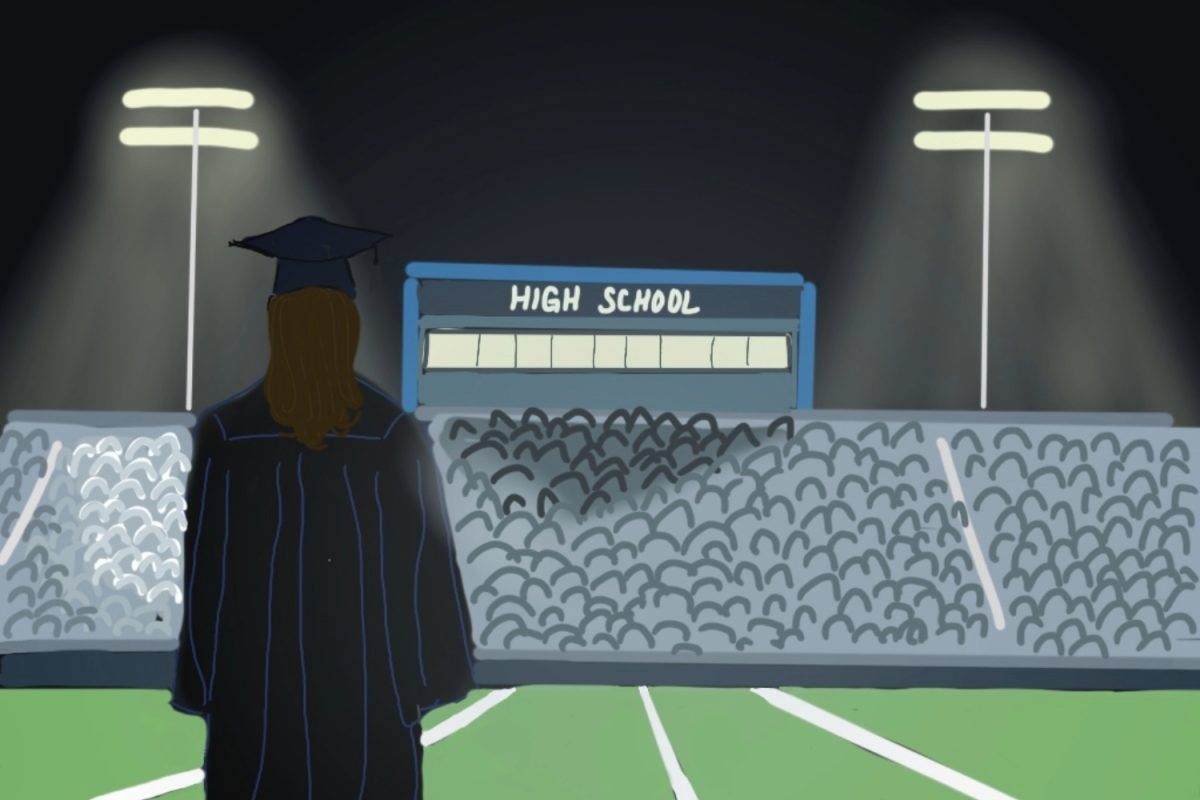All college athletes deserve pay because they have so little time for other things like work to fund their college expenses. The system of college sports can often seem unfair as some athletes at a higher level than others receive more scholarships and endorsements than others who have to pay more expenses for college.
College athletes work hard to balance their academics, athletics, and social life, which feels nearly impossible when they are away from their families in college. Becoming a collegiate athlete is a tremendous honor, and receiving a scholarship is even more impressive.
Although some might argue that they all receive scholarships and forms of financial aid the school provides, many athletes don’t receive these benefits and struggle to cover costs for everyday things. Even those who receive scholarships often still have to cover some tuition and pay for living expenses like other students who aren’t committing as much time to a sport.
According to Pew Research, 71% of adults say it is harder to pay for college today than when they were in school. The high cost of college causes students to receive loans, which, according to Pew Research, makes it hard for 48% of people to make ends meet after college. Salaries would contribute to solving this problem by removing some of the debt from loans.
Studies from NCSA, a large college recruiting organization, highlight that the average work week in a regular profession is about 40 hours a week. On the other hand, collegiate student-athletes spend about 60 hours a week on their sport and school. Adding on another job worrying about covering the costs of living at college and school is too much for a student and has many other effects.
All this work causes students to burn out and get exhausted from this massive commitment to playing a sport in college. According to the article From Idealism to Pragmatic Detachment: The Academic Performance of College Athletes, most athletes enter college with optimistic goals and attitudes toward their academic future. However, strenuous social, athletic, and classroom experiences usher them away from academics, causing them to lose their original motivation.
Many argue that colleges offer scholarships to students and paying them salaries would cost too much. Examples of this would be athletes like Cooper Flagg who are on a full scholarship and have Name, Image, and Likeness (NIL) deal endorsements that allow them to receive pay as well.
However, many students don’t receive any scholarships. Those that do don’t even receive a full ride (when a student’s entire tuition is covered), and a majority never get NIL deals.
Data from the NCAA site shows there are about 196,000 athletes on scholarships. In total, according to the NCAA, across Division I, Division II, and Division III sports, about 520,000 students are participating as of 2022. Only 38% of all college athletes are on scholarships. This means that 62% of athletes have to pay for college and school while spending up to 60 hours a week on their sport at school.
In summary, students struggle with paying for college and athletes struggle even more because of all the time they have committed to school. Salaries provided by the school can go a long way to the future of these students’ academic and athletic careers, even if the salaries are low in comparison to professional athletes.

